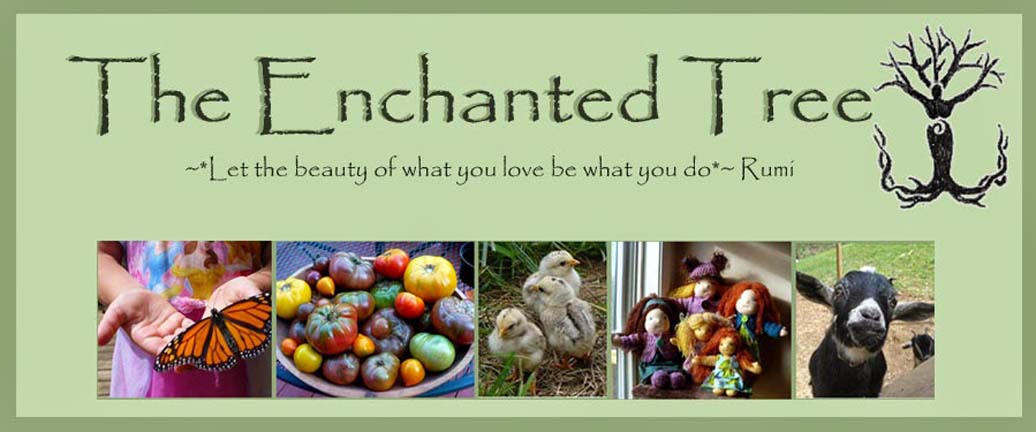Hunting morels in the spring is one of my favorite activities. The idea of mushroom foraging has always made me nervous, as there are lots of poisonous mushrooms that look similar to edible mushrooms. Morels is one of the few that are extremely easy to identify and really don't have any poisonous look-alikes. There is a mushroom called the false morel, but there are some obvious differences between the two and with a little research you are not going to confuse them. Besides appearance, one of the easist ways to make sure you have morels and not false morels is that morels are hollow all the way through (stem and cap), whereas false morels are not hollow and will have fiber/tissue inside. We really enjoy eating morels sauteed in butter or breaded and fried.
This summer i found a ton of these Smooth Chanterelles. i picked a few just to confirm my identification with the local mushroom expert. The smooth underside, and light folds is a giveaway that these are smooth chanterelles. Most of the poisonous look a likes have gills underneath. i went back to harvest the rest of them and they had already dried up, so i didn't get a chance to try them. i feel pretty confident in my ability to identify these and will probably try them next year.
i recently joined a mushroom identification forum and have begun identifying other edible mushrooms literally right in our backyard. This year i have not been brave enough to eat any of them yet (still researching) but i am getting more confident in my identifications. This one is called Lion's Mane (Hericium erinaceus) is can easily be identified by it's toothy long spines.The flavor of this mushroom is often compared to seafood. All
Another edible that i found right behind our house is the Bear's Head tooth mushroom (Hericium americanum). It' in the same family as the Lion's mane. All the mushrooms in the Hericium family are considered edible and easy to identify.
Honey mushrooms (Armillaria mellea) These were identified by a mushroom expert. i feel like they have many poisonous look alikes and i would not recommend picking and eating these without doing a lot of research first. This is not a beginners mushroom. i'm showing it here, just to show the variety of edibles i found right in my yard. Caution is advised.
A closer look at the honey mushroom. i am not at all confident in identifying these without consulting an expert. Some things that help to identify them is that they grow in clumps, typically on rotting stumps. The gills are whitish with a ring around the upper stem. This ring is a remnant of the partial veil, the piece of tissue that covers the gills when young. There is no bulb around the base of the stem. The spore print is white.
Giant puff balls ( Langermannia gigantea) are pretty easy to identify. Several of the smaller puff balls are poisonous, so again make sure you do your research before consuming them. Typically the giant puff balls, are very large and have a smooth white skin. i believe that mine are (Calvatia craniformis) which are also considered a giant edible edible puffball. i have a bout a dozen of these in my goat field, this size and larger.
The flesh inside a puffball should be white. If it i brown, yellow or any other color throw it out.
Shaggy Manes.(Coprinus comatus) are also fairly easy to identify. They are also called inky caps, because as they age they turn black and inky. They should only be picked when young before they start turning black.
Now that i'm starting to lose my fear of wild mushrooms, i'm really excited by the variety in my own backyard. i'd really like to take a class on identifying edible mushrooms as well. i learn alot just doing my own research, but i like hands n experience as well.
It's amazing to me the amount of wild/free food that is available to us in our own backyard.
*disclaimer- i am NOT a mushroom expert. Do not send me pictures of mushrooms asking if i can identify them or if you can eat them. Do your own research, only eat wild mushrooms you can 100% identify. This post was meant to show the edibles i found in my backyard, it is not intended to be used to identity mushrooms you found in your backyard- do your own research! Eat at your risk.
*wild mushrooms always need to be cooked and should not be consumed with alcohol.










0 comments:
Post a Comment